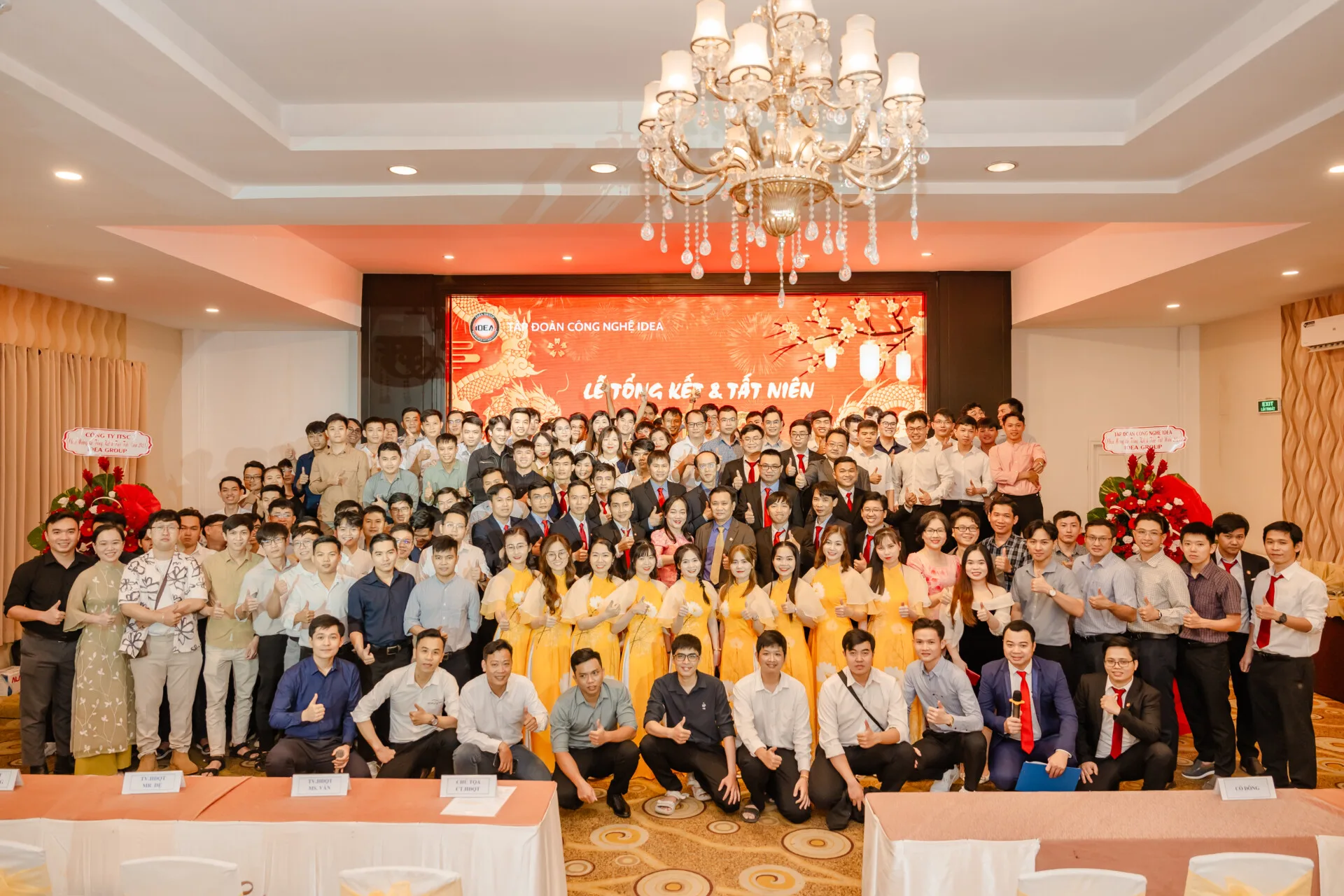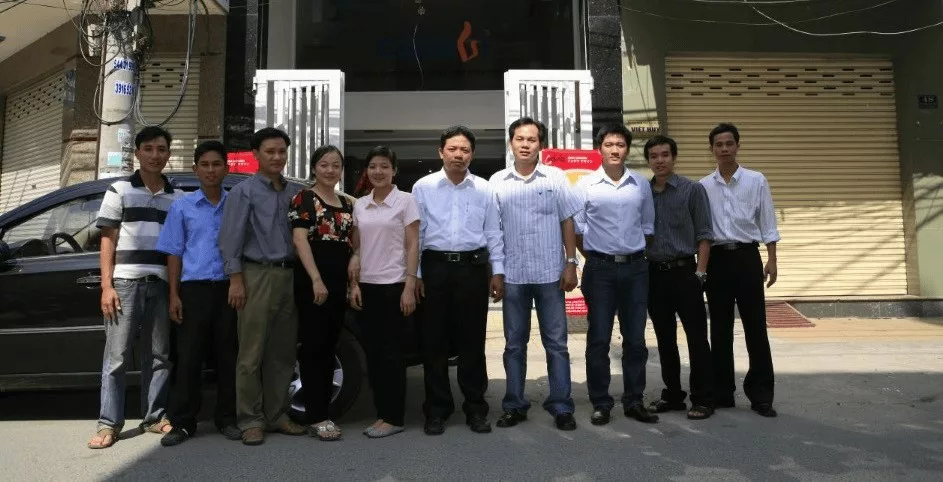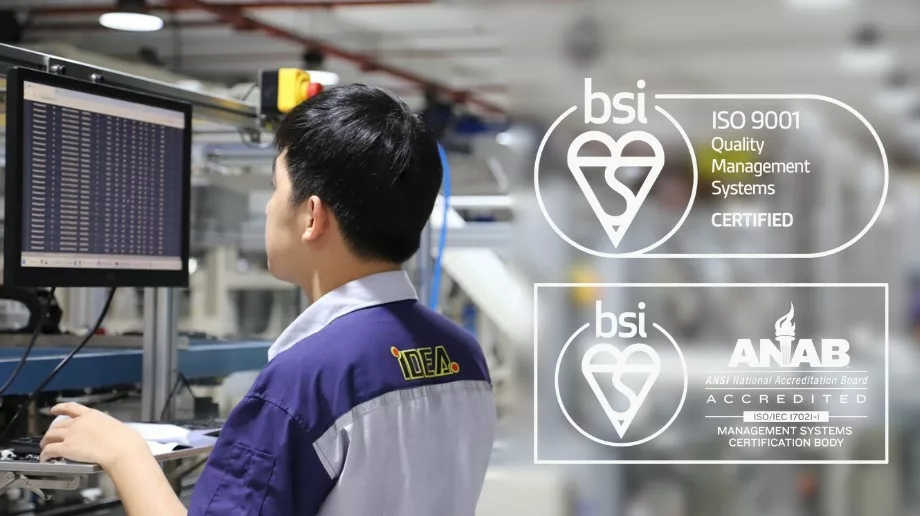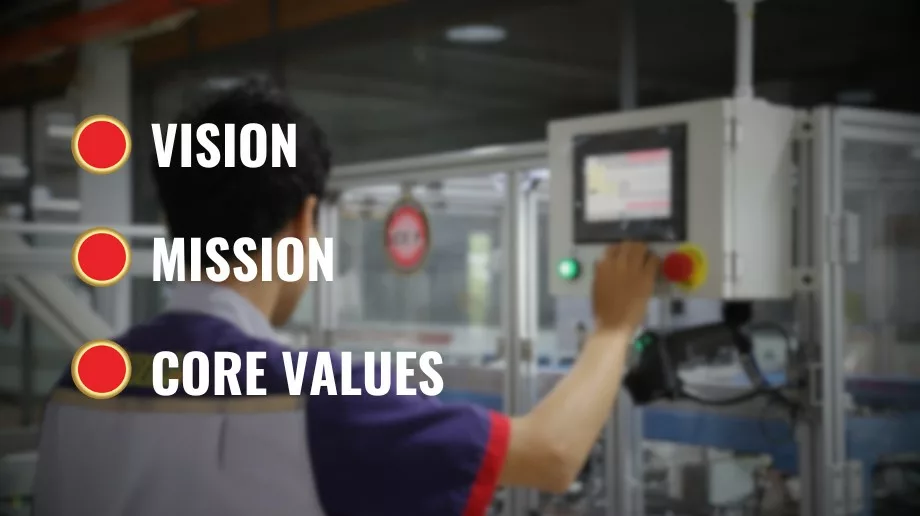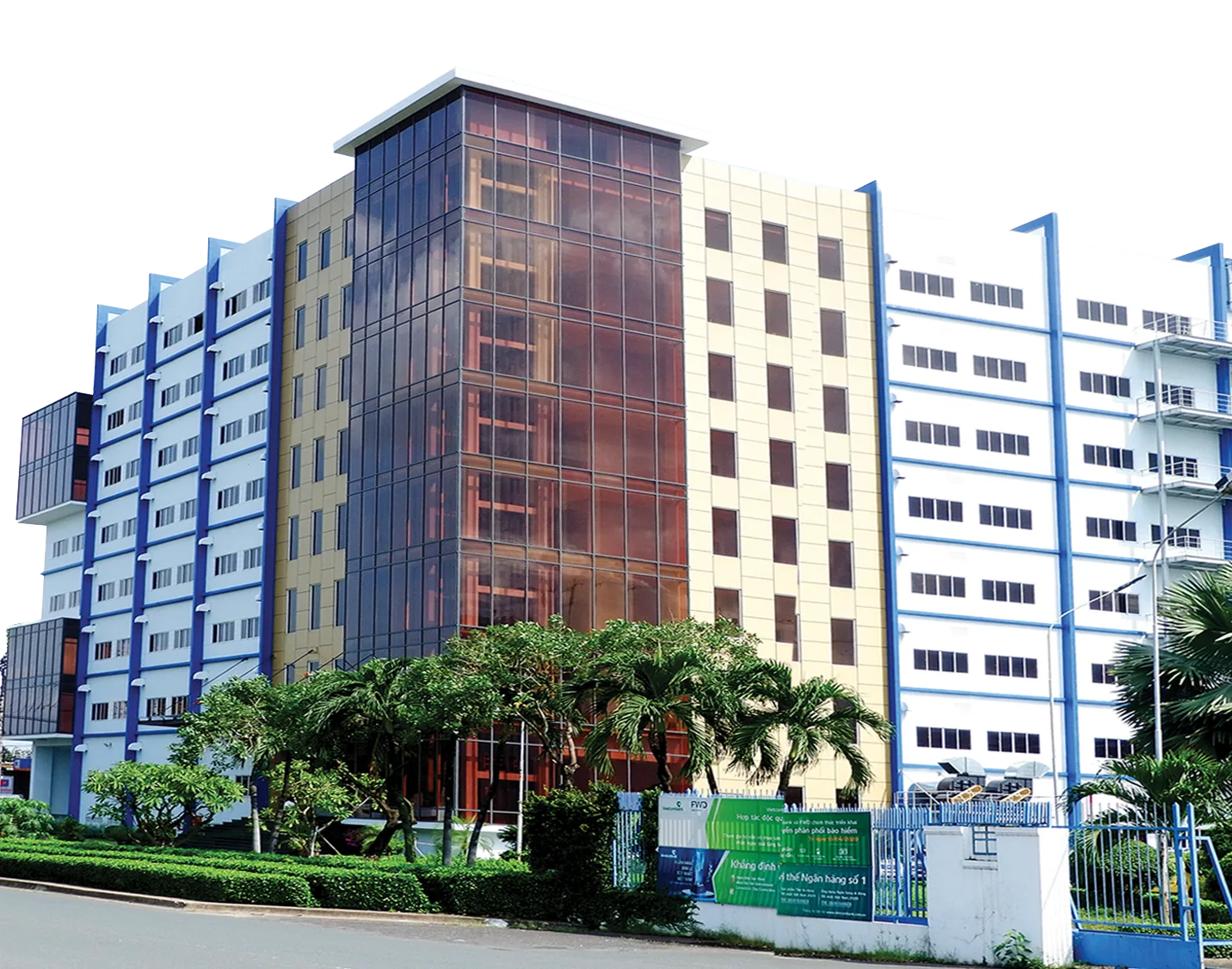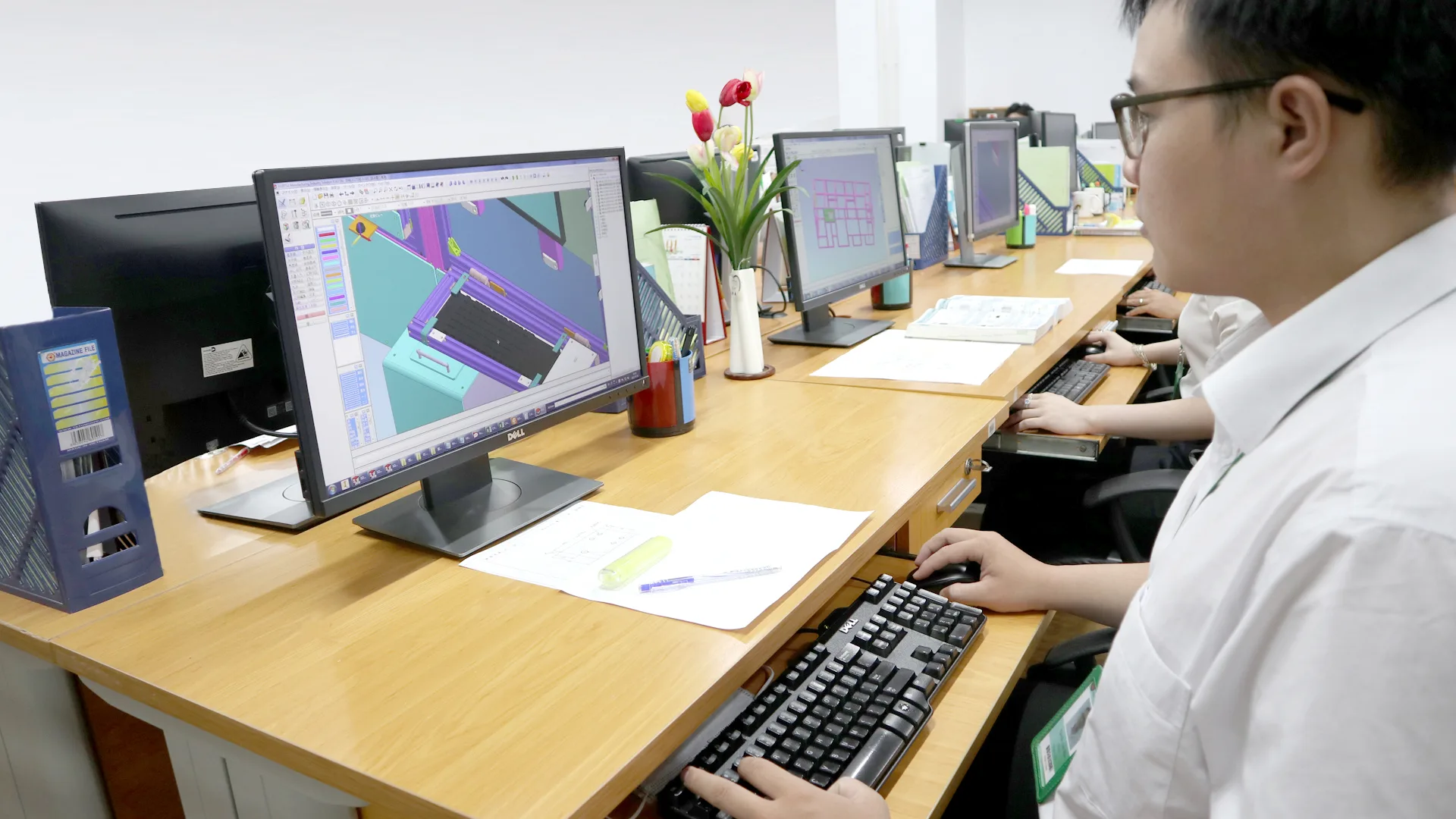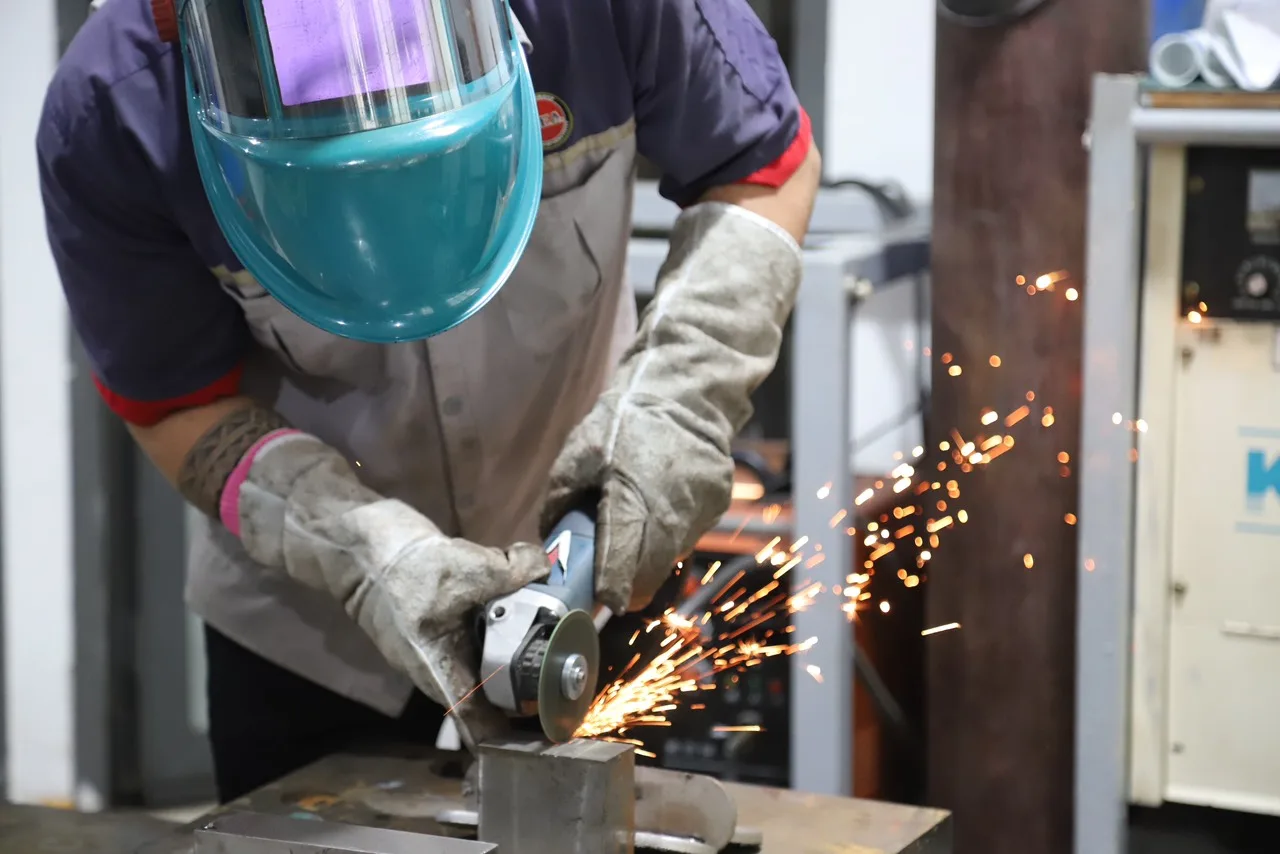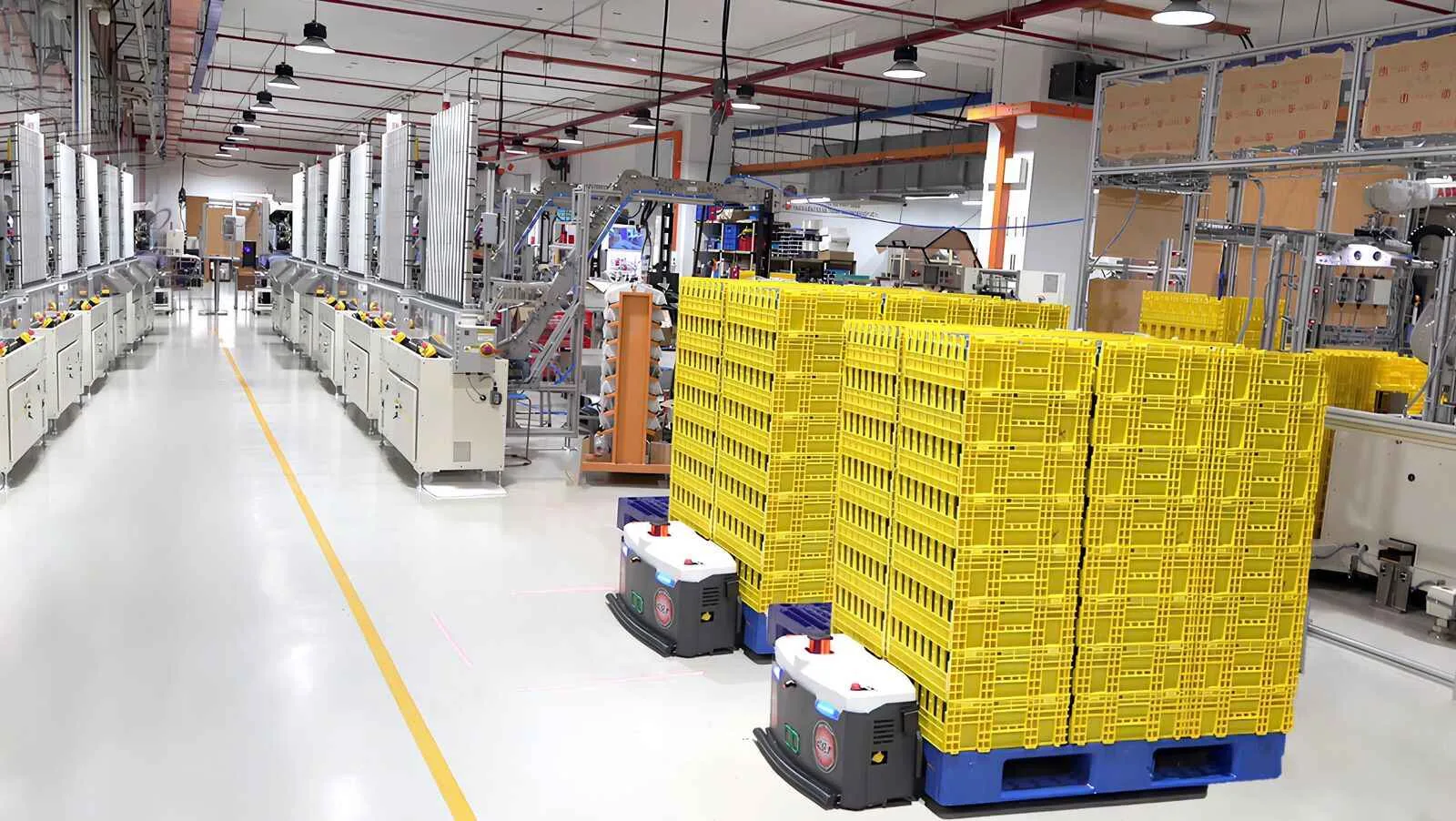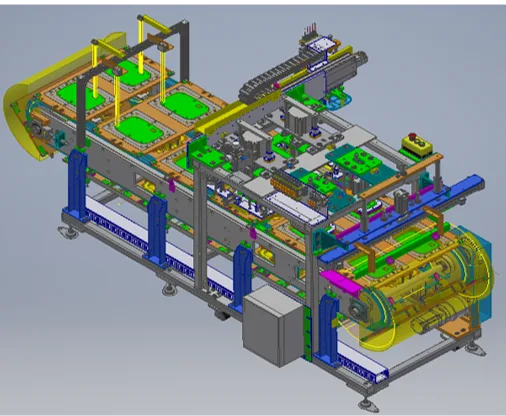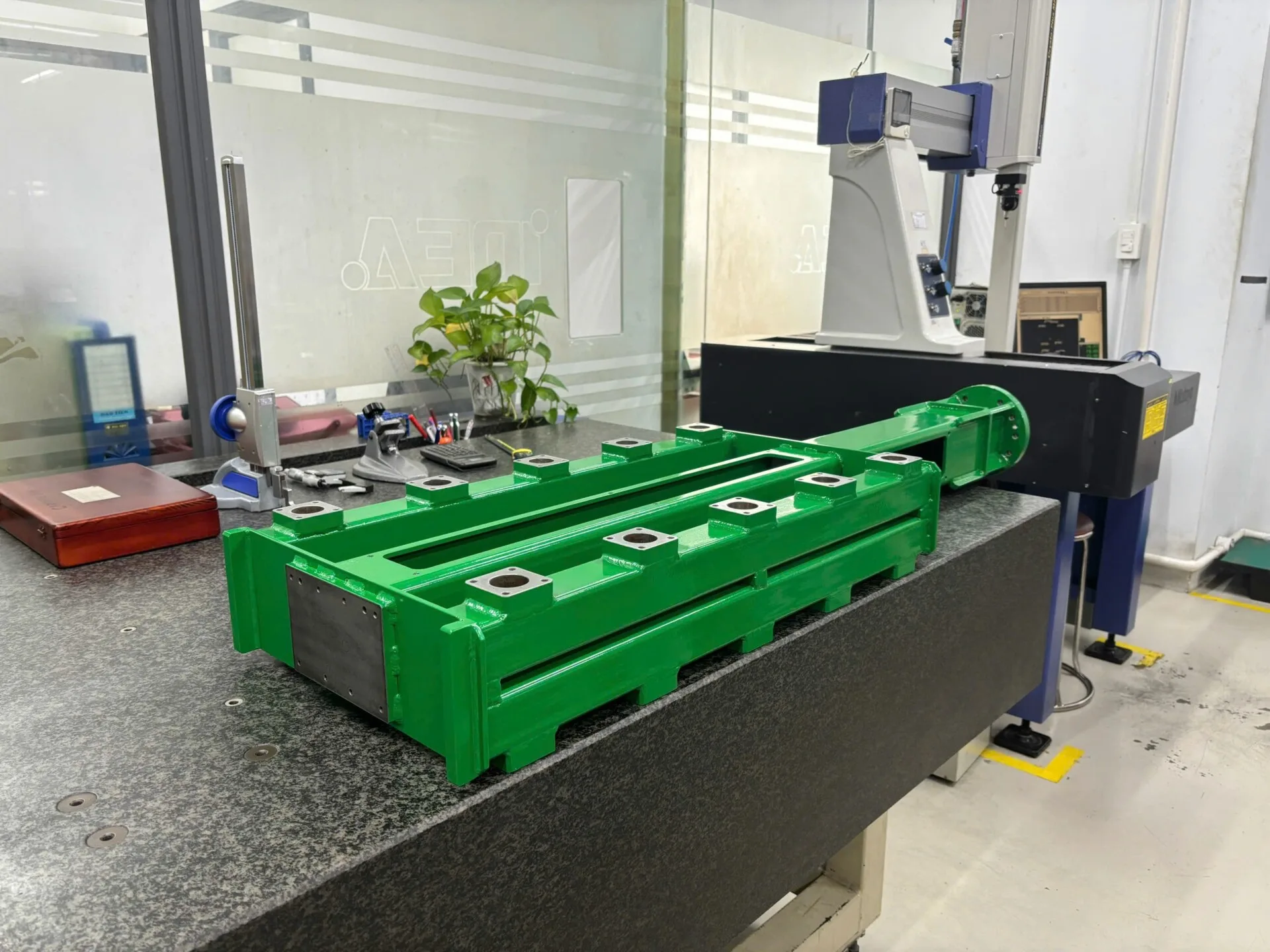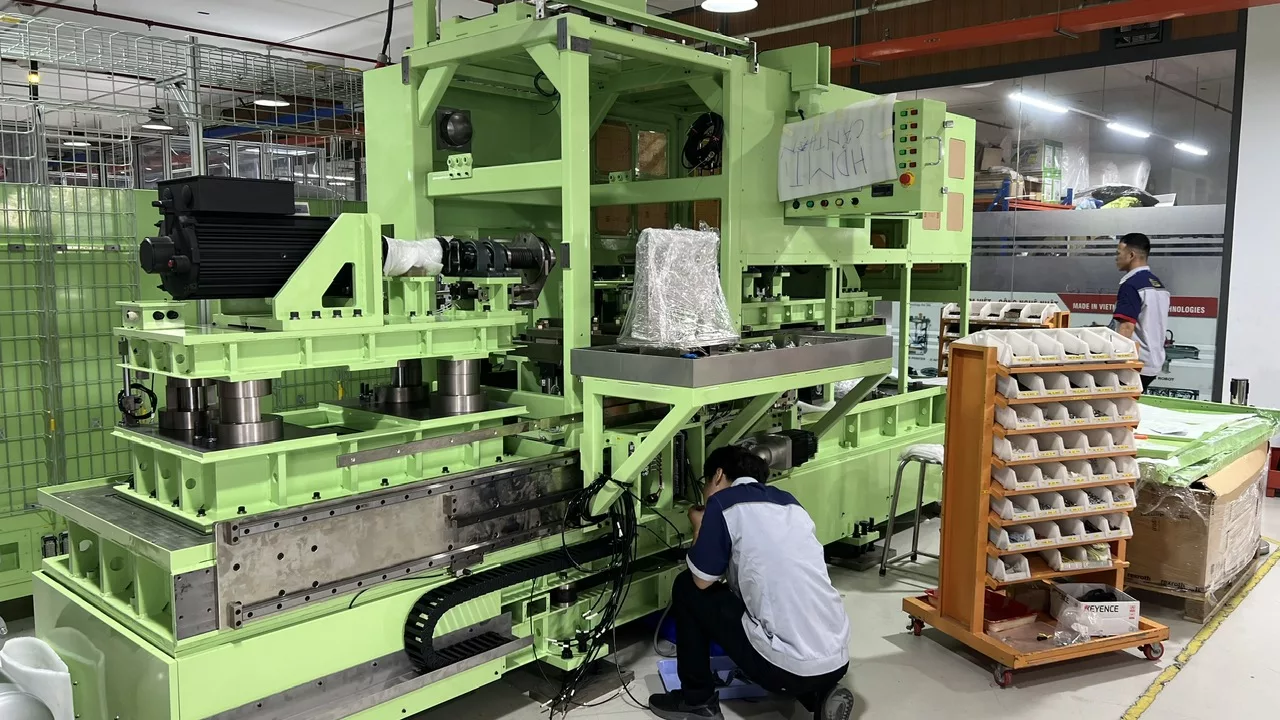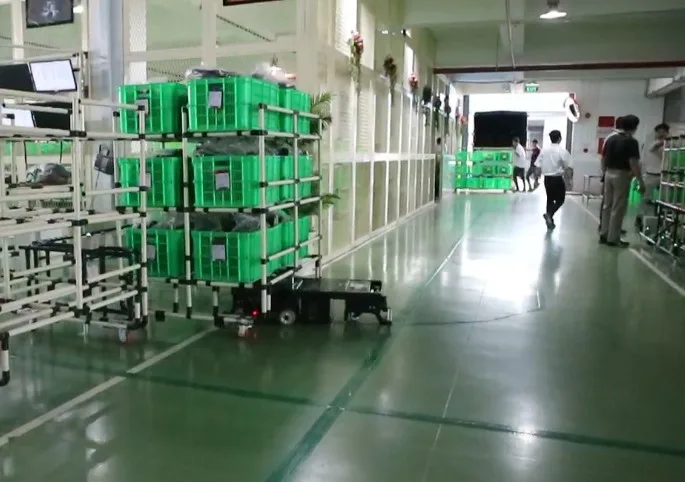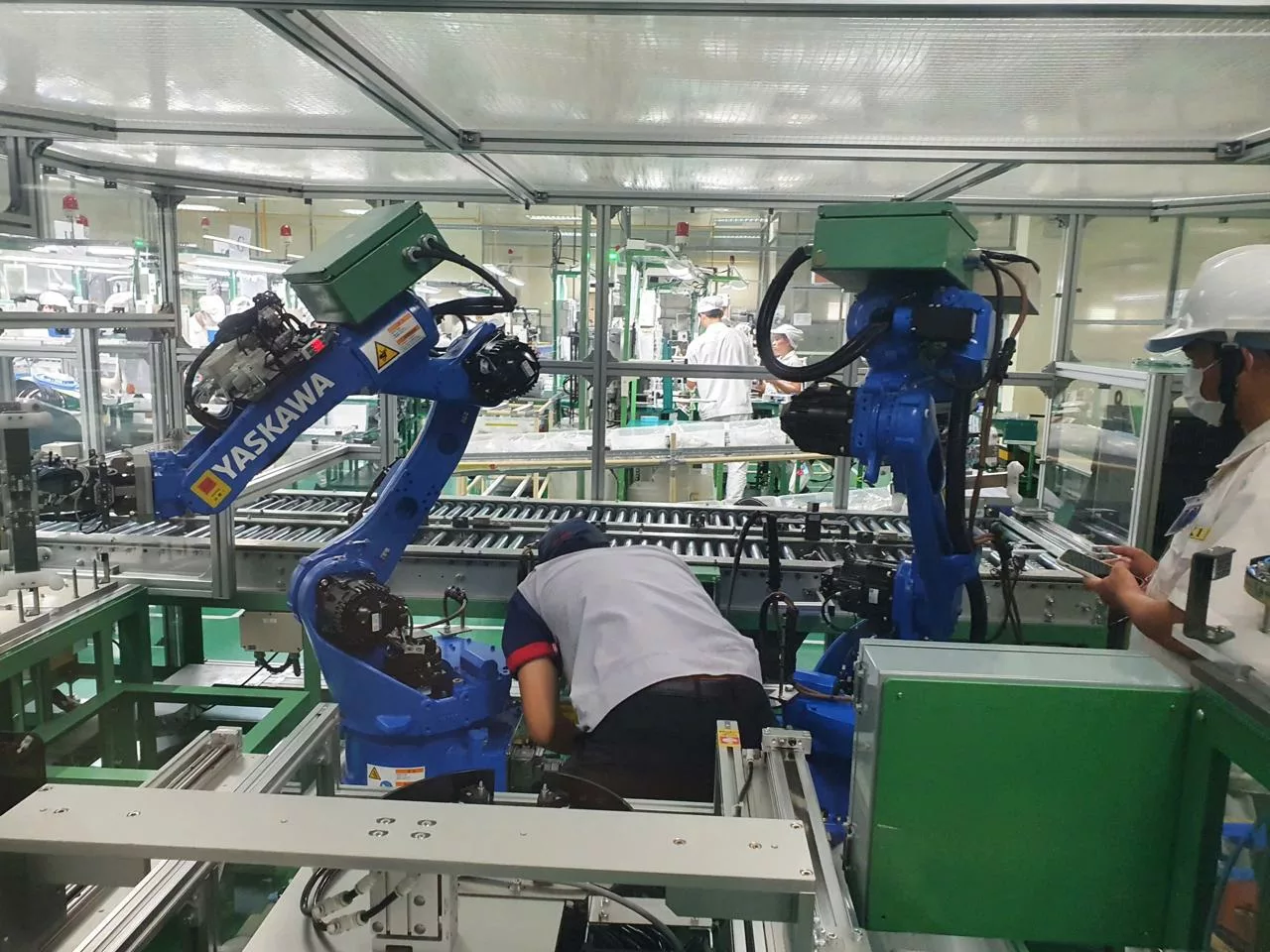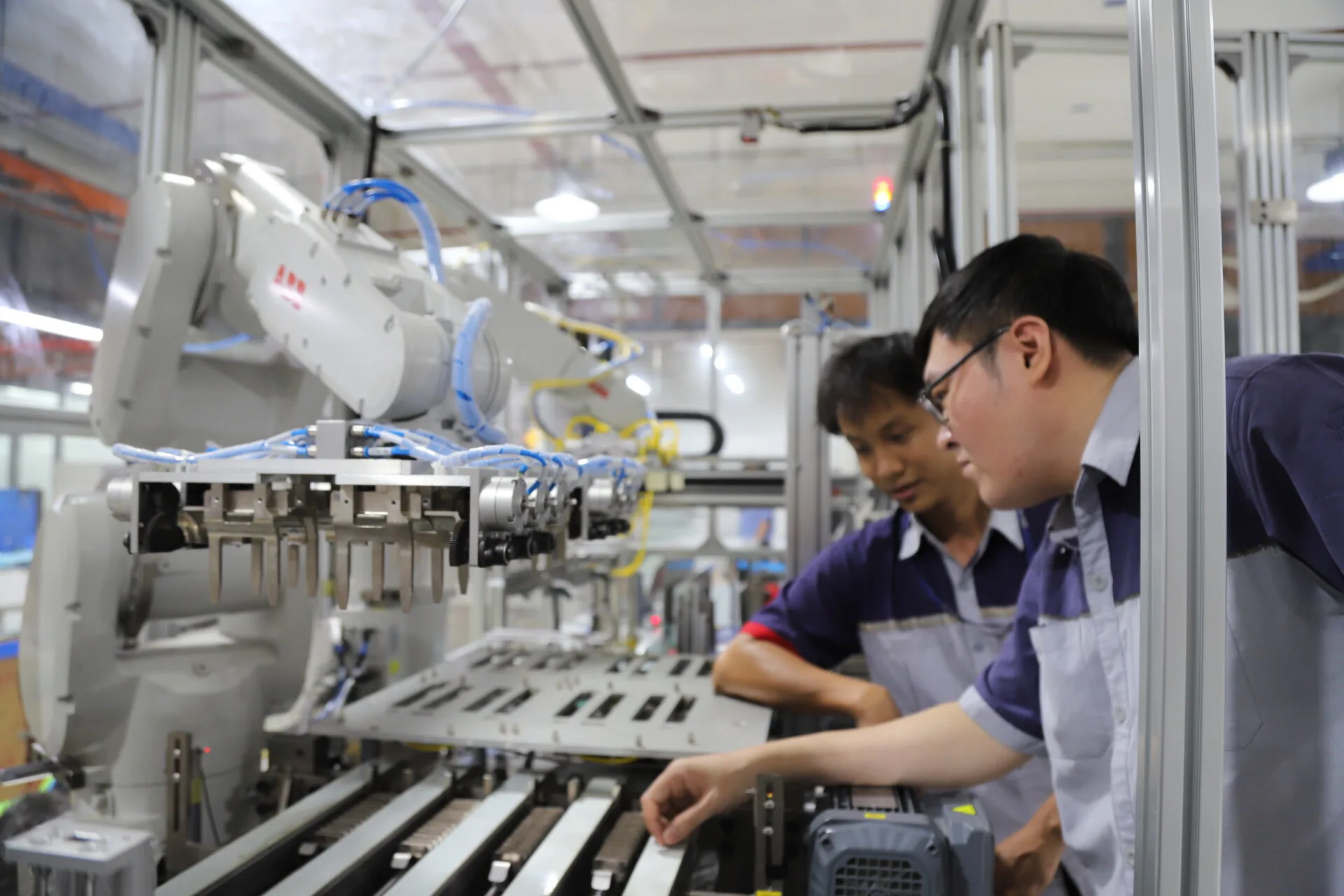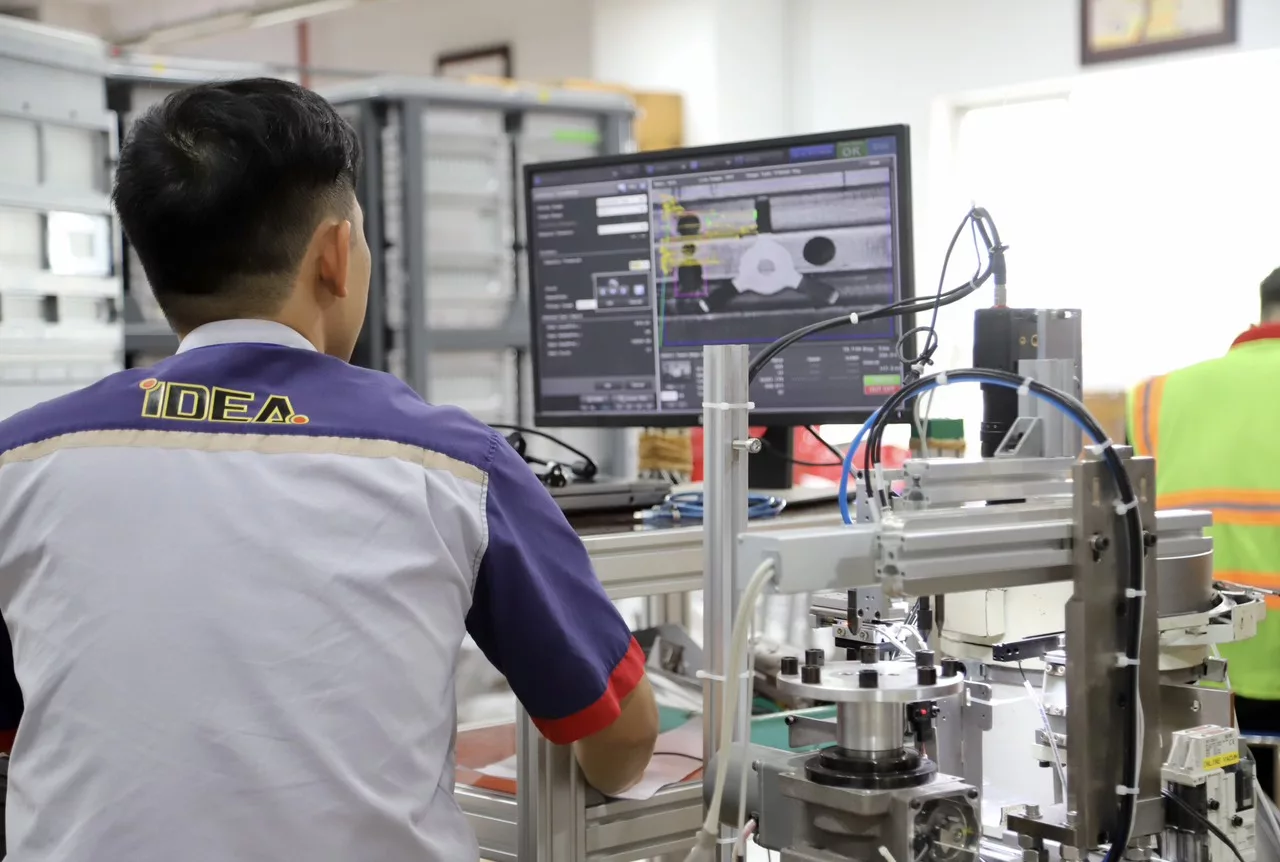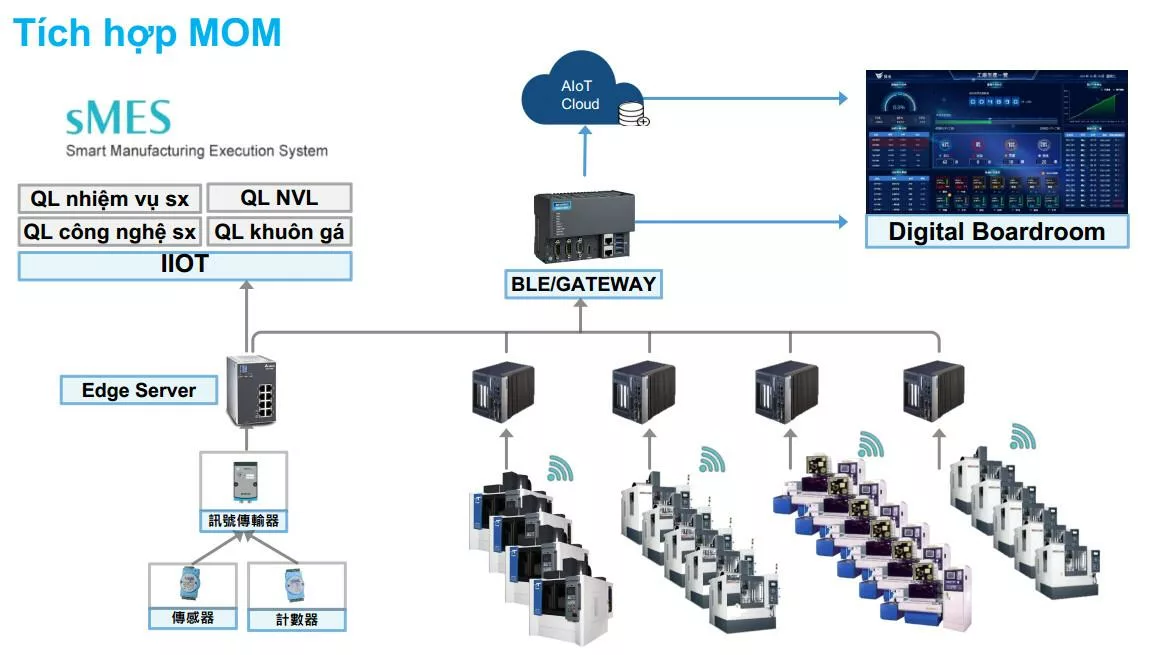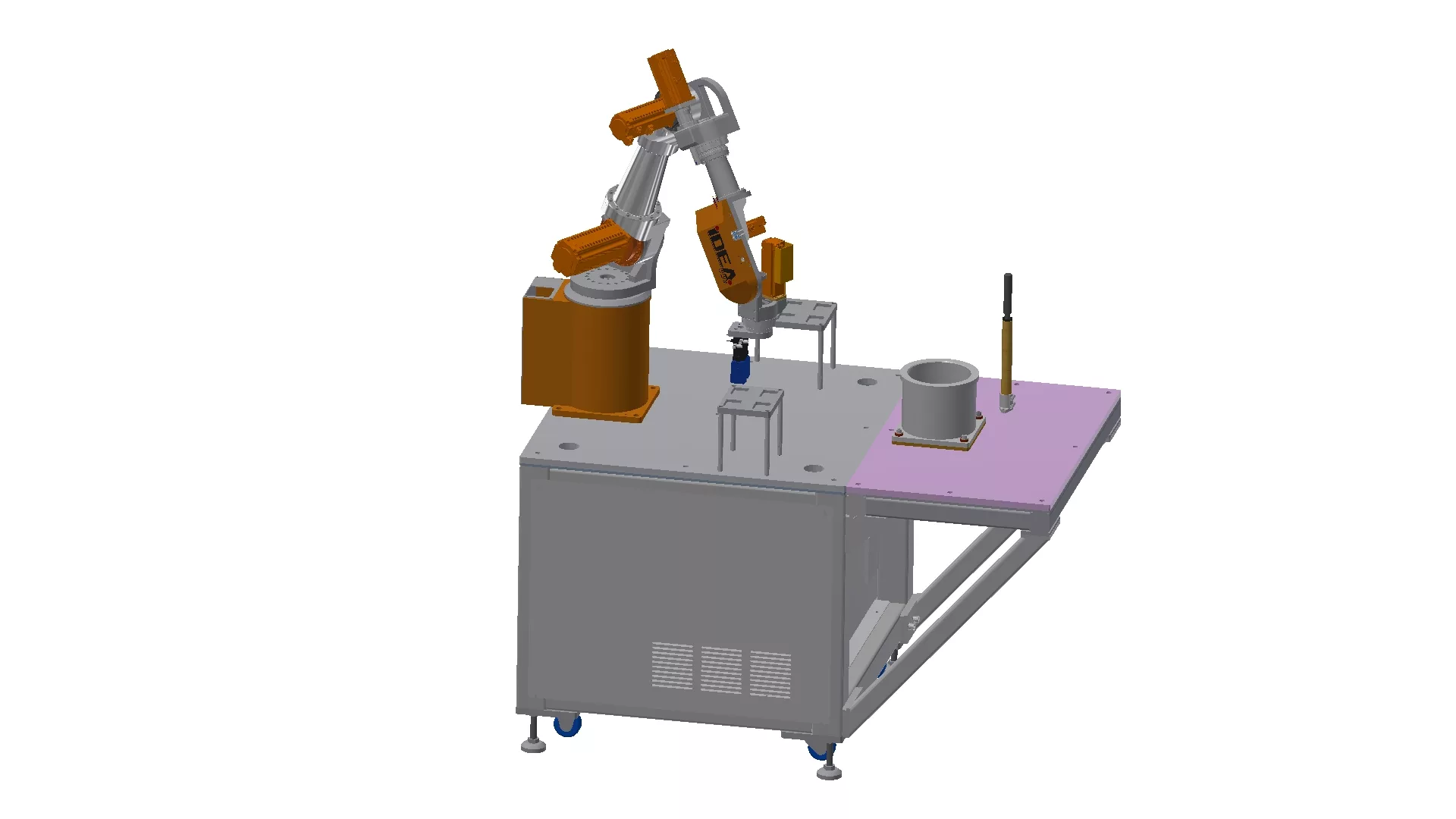In today’s competitive manufacturing landscape, the seamless integration of CAD (Computer-Aided Design) and CAM (Computer-Aided Manufacturing) systems has become essential for achieving production readiness. By aligning design and production through CAD CAM integration, companies can accelerate product development, minimize errors, and reduce time-to-market. This approach not only enhances the efficiency of production design processes but also bridges the gap between engineering intent and manufacturing capability.

Understanding CAD CAM Integration in Digital Manufacturing
CAD CAM integration is the process of combining design and manufacturing technologies to create a fully coordinated workflow. In a traditional setting, CAD systems are used for designing product geometries, while CAM systems translate those designs into manufacturing instructions. When these two technologies are connected, it leads to a more streamlined and error-free production cycle.
This integration forms a core component of digital manufacturing, where digital data drives physical processes. By enabling real-time collaboration between design and production teams, companies can easily implement design changes, optimize tool paths, and validate outcomes before actual manufacturing begins.
Key Benefits of CAD CAM Integration
- Improved Design Accuracy: Reduces human error by digitally transferring design data into CAM software without the need for re-entry.
- Accelerated Time-to-Production: Shortens the product development cycle with real-time feedback from machining simulations.
- Enhanced Collaboration: Encourages communication between engineering and manufacturing teams for quicker design modifications.
- Automation of Repetitive Tasks: Automates CNC toolpath generation and machining processes, improving productivity.
How CAD CAM Integration Enhances Production Design
One of the main challenges in production design is ensuring that what is designed can actually be manufactured efficiently. With CAD CAM integration, manufacturers can detect potential issues such as inadequate tolerances, complex geometries, or material constraints during the early stages of the design process. This leads to better decisions throughout the product lifecycle.
Furthermore, CAM software can use CAD models to simulate machining operations, avoiding collisions and predicting production time. This integrated feedback loop between CAD and CAM systems supports continuous improvement and cost reduction, key pillars of lean manufacturing.
Real-world Application in Industrial Settings
Industries such as automotive, aerospace, and consumer electronics rely heavily on CAD CAM integration to remain competitive. For instance, companies using integrated platforms can design intricate parts and generate toolpaths in a single environment, ensuring consistency between digital models and finished products.
As showcased by IDEA’s machine design and drafting services, this kind of efficiency is critical for custom manufacturing projects. Leveraging advanced CAD CAM workflows allows IDEA to deliver high-precision machinery components that align with client specifications and production requirements.
Supporting a Smarter Digital Manufacturing Ecosystem
Implementing CAD CAM integration is a foundational step in building a smarter digital manufacturing strategy. It enables data-driven decision-making, minimizes delays, and supports end-to-end visibility across production systems. Moreover, with technologies like Industry 4.0 and IoT driving change, integrating CAD and CAM systems gives manufacturers a competitive edge by transforming how products are designed, tested, and built.
External industry platforms like CHE TAO MAY IDEA and IDEA TECHMART are also adopting digital manufacturing solutions, illustrating the widespread movement towards intelligent industrial automation.
Partner with IDEA for Complete CAD CAM-Enabled Solutions
Whether you’re developing industrial automation systems or custom-tailored equipment, choosing the right partner is crucial. At IDEA Group Vietnam, our experts specialize in integrating CAD and CAM systems to optimize your production design workflows. We understand the nuances of manufacturing and provide fully integrated design-to-production solutions aligned with your operational goals.
Ready to revolutionize your production process with advanced CAD CAM integration? Collaborate with IDEA—your trusted partner in innovative production design and digital manufacturing excellence in Vietnam.

